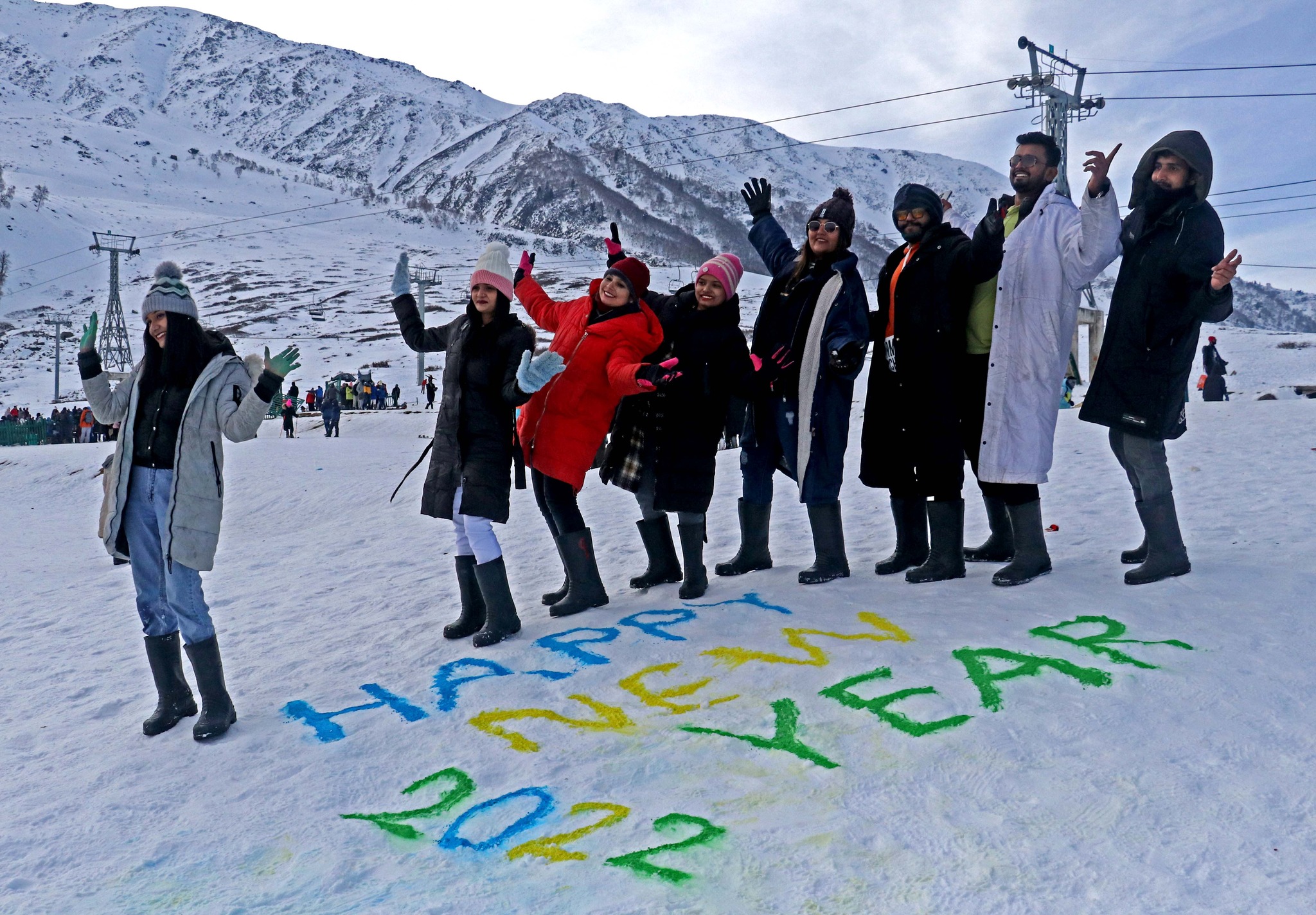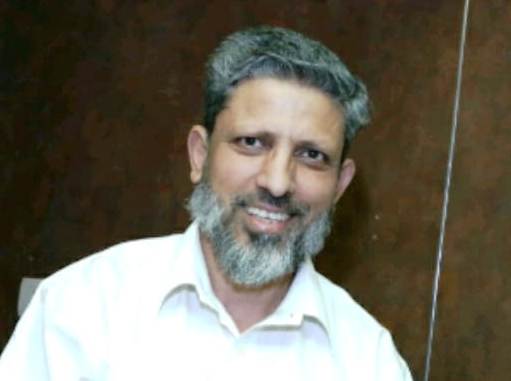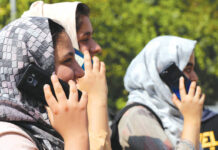by MJ Aslam
New Year celebrations were alien to Kashmir and Kashmiris before Nedou’s Hotel began holding them on December 31, of each year

Michael Adam Nedou was an Italian architect. Basically from the erstwhile Italian city of Ragusa, he had come to India to build the palace of Gujarat (of United Punjab) Ruler.
Nedou laid out the first modern hotel in Lahore in 1880 in his name as Nedou’s Hotel. In 1888, he opened the second wing of Nedou’s Hotel in Gulmarg Kashmir and in 1900 he set up the third unit of the chain of Nedou’s Hotels at Srinagar on North East of the road that was lined with poplars from Budshah Chowk to Qazi Kadal, (now called Gur Dav Kadal and also known as Dugjan Kadal), Srinagar.
All the poplars that lined the road were planted from the Afghan time. With the establishment of Nedou’s Hotel adjoining Chinar Bagh, Holy Family Catholic Church and Sir Lawrence’s Settlement building (Bandobast i Qanooni), the road came to be called Hotel Road. This road was later renamed as Moulana Azad Road in October 1950. The Gur Dav Kadal has been recently rechristened as Moulana Azad Bridge.
Michael Adam Nedou’s son, Micheal Harry Nedous, successfully ran the Hotel at Srinagar. He was in his twenties when Srinagar branch of the Hotel was opened in April 1900. Micheal Harry Nedous was the father of the late Begum Akbar Jahan wife of the late Sheikh Mohammad Abdullah. She was married to Sheikh Mohammad Abdullah in 1933. It was the Nedous and Sheikh’s family who were owners of this magnificent hotel of those days.
Well, Nedou’s Hotel Srinagar with its billiard room was inaugurated in April 1900 by the hotel owners through an American traveller. Nedou’s Hotel principally catered to the needs of foreign visitors who stayed mostly by this time in houseboats and Dunga-boats of the Jhelum and the Dal Lake. The hotel was destroyed by fire in the early years of Maharaja Hari Singh’s period and then it was rebuilt soon.
Nedou’s was the most comfortable hotel by the standards of the time and it had a large room for musical concerts, dance and European entertainment. The Capri dance was offered seven days a week in the Nedou’s Hotel. It has to be noticed that Capri and such dance and musical concerts by then had no presence anywhere in Kashmir. The Hotel was booked for Christmas and New Year parties too.
At the Nedou’s Hotel, several lavish dance parties, called balls, where guests wore fancy dresses and masks were held and prizes were given for the best dress or costume. The Nedou’s Hotel had a fine stage where amateur dancers and cabarets had fun and entertainment. These were new trends set in Kashmir’s old traditions.
New Year celebrations were alien to Kashmir and Kashmiris before Nedou’s Hotel began holding it on December 31, of each year and, obviously, the Europeans and “elite” Indian-visitors and some neo-rich Kashmiris too participated in it.
But, iterating, as common Kashmiris were invariably poor and illiterate those days, these celebrations were only going to be the trendsetters for future generations of Kashmiris. No doubt, the European travellers and the British dignitaries used to visit the valley mostly during the summers and stayed at Nedous Gulmarg. But, New Year celebrations which fall on the last day of each year could not be held there and as such Srinagar wing of Nedous was the convenient place with all the related facilities mentioned above for organising and holding New Year celebrations.

Those days herdsmen in companies from villages would travel by foot to bring milk in copper containers (Na’ith) tied to their backs for the city dwellers. However, the owner of Nedou’s Hotel initially kept a fine herd of cows from which he provided pure milk for his hotel guests and a large number of his personal friends and patrons who stayed in the houseboats.
Nedou even supplied them with fresh vegetables on asking against payment. Till the 1940s, Nedou was the chief European Hotel of Kashmir. Between May and October each year, the Nedou’s Hotel had a footfall of tourists. Then, in critical times of 1947, all foreign correspondents were kept by the Emergency Administration in the Nedou’s Hotel for reporting on Baramullah, according to Andrew Whitehead. Major General Hiralal Atal in his memoirs Nehru’s Emissary in Kashmir, has also made references to the Nedous Hotel during the emergency and war times of 1947.
(MJ Aslam is a published author and a columnist. Ideas are personal.)














